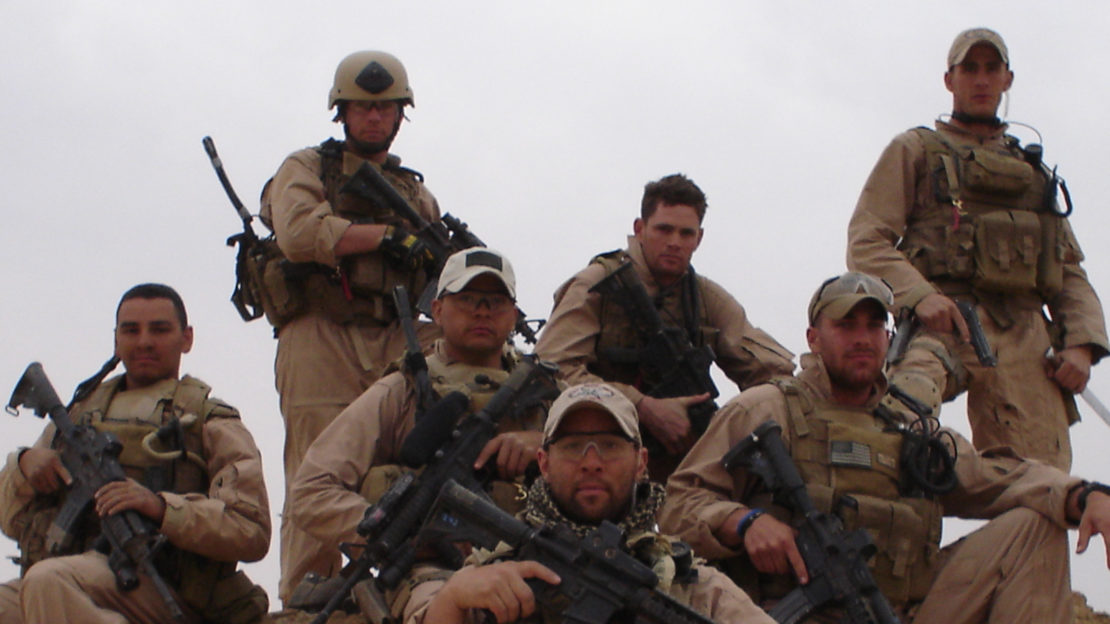
Review: the BOG OUT vehicle recovery device works, but isn’t for beginners
We’re interested in how average people can ‘recover’ their own vehicle out of a ditch or mud pit without needing an expensive integrated winch. The BOG OUT is a vehicle recovery tool that works by turning your vehicle's tire into a winch drum and using your engine to engage it. It looks simple and easy to use --- hook it on your tire and it will get you out of any mess you get your vehicle into. It’s a neat theory: use the motor and rotating drum (the wheels) you already have in yo
How to use a tourniquet
This full, free course from survival experts teaches you how to use a tourniquet in an emergency. Spend five minutes and learn how to save a life!
2019 Amazon Prime Day deals
We're refreshing our computers all day Monday and Tuesday (July 15-16, 2019) to track the best Amazon Prime Day deals that might be relevant to preppers. Walmart and eBay are also running some “we exist too!” deals that we’ll keep an eye on. This post will be constantly updated as new deals go live, including lightning deals that only last for a short time. Note that in some cases you won’t see the actual discount price until you check out (not just in your cart). And most deals ar
Home medical supplies list
Emergency preparedness experts explain what medical supplies you should keep stocked in your home, prioritized from daily injuries to long-term crises.
IFAK first aid kit list
Making a first aid kit? Wilderness and military medicine experts prioritize this list of IFAK contents for your EDC and emergency preparedness bags.